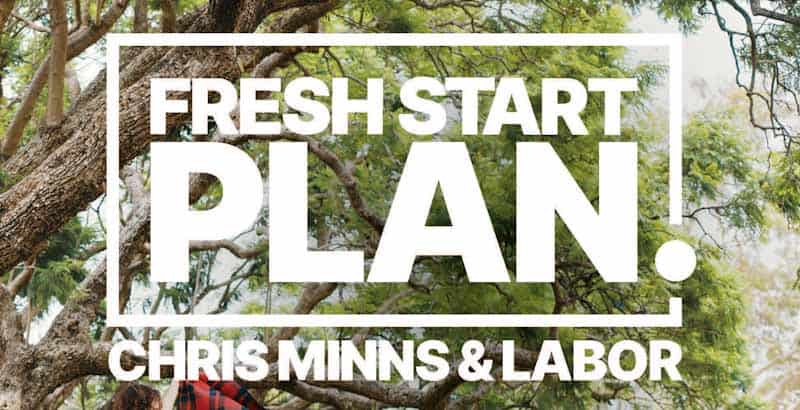On March 28 2023, the Victorian Chamber of Commerce and Industry (the Chamber) issued an important media release called “Preparing for workplace psychological health reform”. As with most media releases related to occupational health and safety (OHS) matters, it received little attention.
Anton Zytnik a consultant for the Chamber, warned against “mental health washing”, but this media release also contains examples of avoidance and misdirection. And he’s not the only one.







